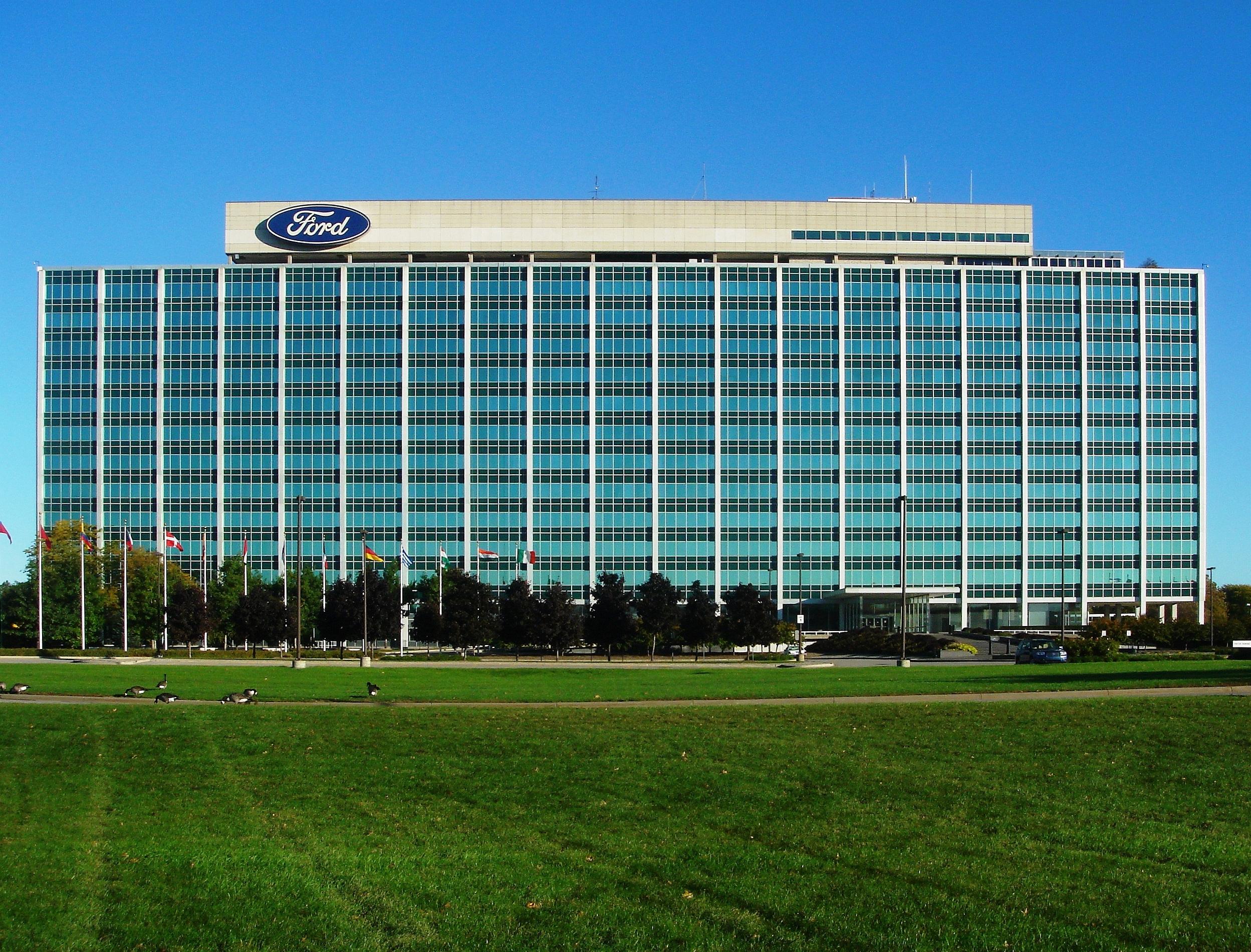In the ever-evolving landscape of electric vehicles (EVs), Ford Motor Company has seen a notable increase in its EV inventory in recent months. This has raised concerns among some observers, who speculate that the surplus may indicate a lack of demand for Ford's electric offerings. However, Ford's perspective on the matter offers a different narrative. The automaker attributes the growing inventory to an expansion of production capacity and views it as a return to normalcy after a period of supply chain disruptions and unprecedented growth in the EV industry. This article delves into Ford's recent EV sales performance, analyzes the reasoning behind the inventory growth, and examines the company's strategies to maintain competitiveness in a rapidly changing market.
1. Ford's Impressive Q2 2023 EV Sales Growth
Ford's EV sales have shown significant growth during the second quarter of 2023, particularly with the Ford Mustang Mach-E. According to the sales figures, there was an impressive 60% increase in Mustang Mach-E sales in Q2 compared to the first quarter of the same year. This boost in sales showcases a growing interest in Ford's electric offerings, reflecting a positive response from consumers.
Furthermore, when considering Ford's overall Battery Electric Vehicle (BEV) sales, the company recorded a robust 37% uptick in Q2 over the previous quarter. These numbers demonstrate that Ford's electric vehicle division is gaining momentum and making strides in the competitive EV market.
2. Ford vs. Tesla: A Close Quarter-Over-Quarter Sales Growth Comparison
Although Ford's raw sales numbers are still significantly lower than Tesla's, the American automaker's quarter-over-quarter EV sales growth indicates a promising trend. In Q2 2023, Ford sold 14,843 BEVs, whereas Tesla boasted over 175,000 units sold during the same period.
However, it is essential to highlight that Ford's quarter-over-quarter EV sales growth of 35.5% slightly surpassed Tesla's 34.8% increase. This indicates that Ford is making steady progress in capturing a larger share of the EV market. While Tesla remains a formidable competitor, Ford's performance suggests it is steadily closing the gap.
3. Ford's Perspective: Inventory Growth as a Return to Normalcy
Ford's explanation for the growing inventory of electric vehicles centers around an expansion of production capacity and aligning with a post-pandemic return to normalcy. The last few years witnessed significant supply chain disruptions, and the automotive industry experienced an unprecedented boom in EV adoption. As a result, Ford, like many other manufacturers, faced challenges in meeting the heightened demand for their electric offerings.
Darren Palmer, Ford Model e VP of electric vehicle programs, stated that the increased inventory is not a cause for concern. Rather, it is an intentional effort to build up stock levels at dealerships. Prior to this, the demand for vehicles like the Mustang Mach-E and the F-150 Lightning had outstripped supply, leading to extended waiting periods for customers.
Palmer acknowledged that there was a recent lull in EV adoption, suggesting that the market may be experiencing a momentary dip as it transitions from early adopters to mainstream consumers. He remains optimistic, stating that customers who already own Ford EVs are highly satisfied with their vehicles.
4. Potential Implications of Increased Dealer Inventory
While the growing inventory reflects Ford's confidence in the increasing demand for EVs, it may have implications for pricing strategies. With more vehicles available on dealer lots, the competition for customers' attention intensifies. In response to the changing market dynamics and the imminent launch of the Tesla Cybertruck, Ford has taken proactive measures to maintain its competitive edge.
One such strategy is reducing the price of the Ford F-150 Lightning electric pickup. By offering more attractive pricing, Ford aims to make its electric offerings more accessible to a broader range of consumers. Additionally, Ford introduced a new variant of the Mustang Mach-E to generate excitement and entice potential buyers.
Conclusion
Ford's growing inventory of electric vehicles is a testament to the company's efforts to expand production capacity and meet the evolving demands of the EV market. The substantial sales growth of the Ford Mustang Mach-E and the overall increase in Ford's BEV sales demonstrate that the automaker is making strides in the electric vehicle space.
While Tesla remains a formidable competitor, Ford's quarter-over-quarter EV sales growth slightly outpaced that of Tesla, indicating that the company is gaining ground. Despite concerns raised about the surplus inventory, Ford's VP of electric vehicle programs, Darren Palmer, assures that it is merely a sign of the company's commitment to meet demand, rather than an indicator of a doomed EV platform.
As the automotive industry continues to evolve, Ford's proactive strategies, such as price adjustments and new product variants, aim to keep the company competitive in an ever-changing market. With a positive outlook on the future of EV adoption, Ford's dedication to innovation and customer satisfaction positions it well to navigate the challenges and opportunities in the electrified automotive landscape.







No comments:
Post a Comment